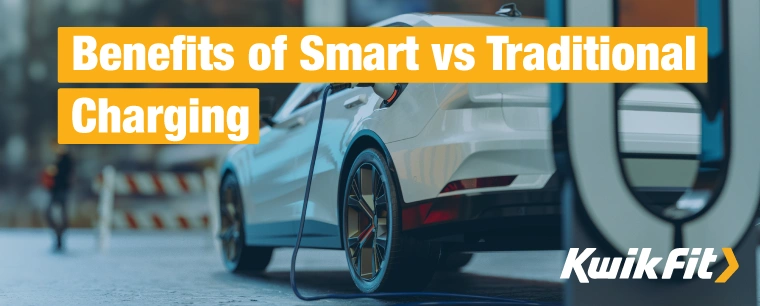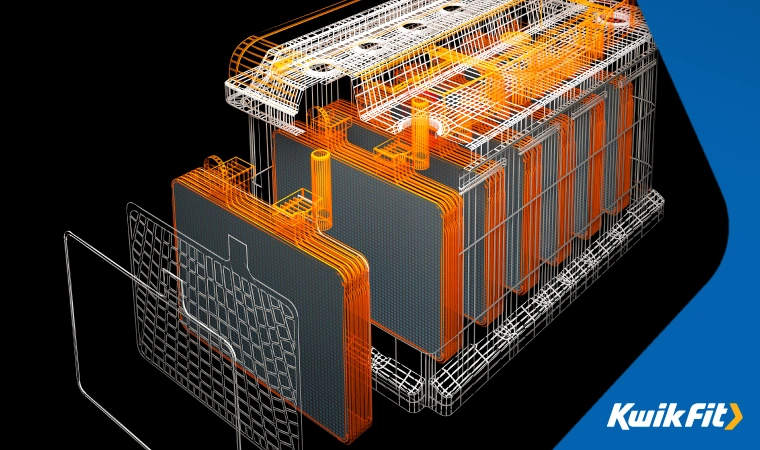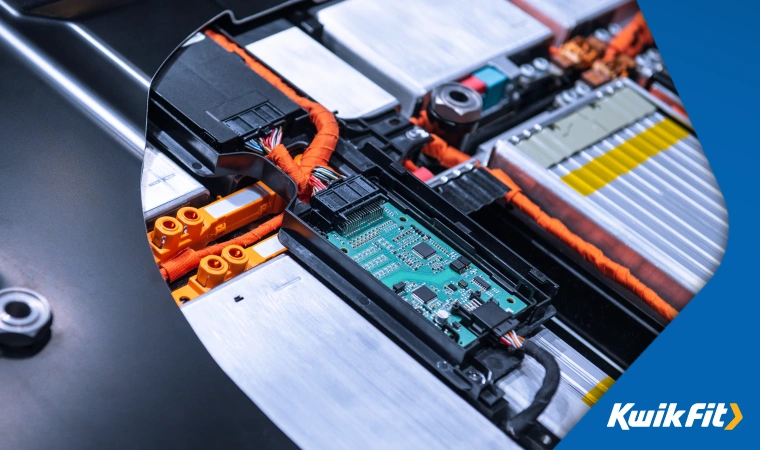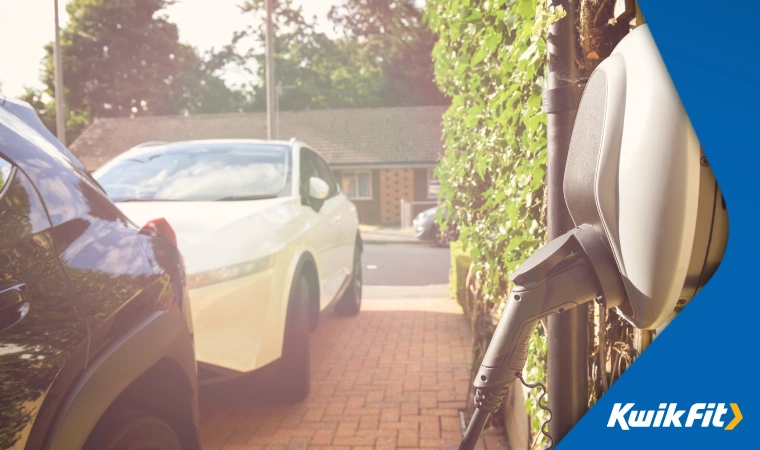Benefits of Smart vs Traditional Charging
Jack Dreyer | Friday 21st October 2022 12:00pm

With the explosive growth in electric vehicle technology over the last 5 years, there’s been a real need to innovate how EVs are charged. After all, we’re so used to driving for hours, stopping off at a fuel station, then filling up and continuing. The process of going from no fuel to max fuel usually takes fewer than three minutes. So making the move to EVs has been quite a shock for many drivers – often waiting up to an hour to get charged enough to drive on a mere handful of miles.
But that’s all changing. You may have heard of “smart charging” and now even “supercharging” – but what are they, and how do they work?
Let’s begin by looking at a traditional battery.
The basics of how a battery works

You can read about how a battery works here but, fundamentally, a battery is comprised of a number of metal plates that are suspended in an “electrolyte”. In lead-acid batteries, these are lead plates suspended in a sulfuric acid electrolyte.
The key technical thing here is that power is stored by the electrolyte changing properties. That is, it’s not technically “storing electricity” but uses or requires a certain amount of electricity to create a chemical reaction.
As you put energy into the battery, the electrolyte usually liquifies – and as you draw energy out, the electrolyte usually hardens into crystal structures.
Why does the construction of the battery matter?

The most important consideration here is that a change of state too much in either direction damages the battery. If you overcharge it, then it’s likely to overheat and boil the mixture – which potentially could make the battery explode. And, conversely, if you drain the battery too far, you create what’s called “excessive sulfation” – which basically means that parts of the electrolyte crystallise in an irreversible way, which reduces the potential capacity of the battery.
Here’s a great, in-depth video on how lead-acid batteries are constructed and how they work:
The key, then, for all battery charging, is to aim for a sweet spot between charging fast enough to be practical but without damaging the battery.
How Lithium-ion batteries are different

Lithium Ion and other related battery types are a newer type that use the same fundamentals but benefit from different materials. Lithium-ion batteries are much lighter than traditional lead-based ones, so are used for things like mobile phones and laptops – but they’re also perfect for EVs.
Their low weight isn’t the only benefit; they can also be deeply discharged and handle much higher currents without being damaged. While you shouldn’t regularly deplete a lead-acid battery past 50% capacity, Lithium-ion Batteries can go as low as 20% without damage – and clever regulators are able to essentially make it impossible to go lower than that.
So what is traditional or smart charging?

The core goal with charging EVs is to get as much charge as quickly as possible without damaging the battery – so that you’re never stuck for hours waiting for enough charge to continue your journey.
The traditional method for charging 12v batteries is to apply a certain voltage, usually around 14v for a certain amount of time based on assumptions of capacity & charge times mixed with readings.
Charging a 12v battery safely to full capacity, for example, can take hours using a normal plug-in battery charger. Which is why you need to go for a good drive if you’ve just jump-started your combustion engine vehicle.
This comparatively low-tech method was then carried over to traditional charging for EVs: you’d have to plug in your car to a wall charger and basic readings of voltage and time would be used to assess how full your car battery was.
Smart charging, on the other hand, is getting increasingly sophisticated. There are different charging interfaces (plug types) on the market, and more being developed, but the fundamental benefit is that they make use of clever communication technology to charge effectively based on the actual state of the battery and the desired effect.
In some cases, like Tesla’s new supercharger, you can charge your vehicle for an extra 75 miles in just five minutes.
Are there problems with smart charging?

Unfortunately, the charge time of a vehicle plugged in at home also has to account for the ability to supply that power. It’s one task to create a battery system that can accept huge amounts of power for fast charging – it’s another task entirely to design infrastructure than can supply that power safely.
The cables that supply power to most UK homes are great for running fridges, powering TVs, and charging laptops, but if you try to supercharge a Tesla from a bedroom plug socket then you’re likely to melt the supply cables & start a fire.
But this is also changing with new innovations. More and more houses are being retrofitted to be able to supply fast & reliable charging for EVs.
The core benefit of advanced smart charging for electric vehicles, then, is the freedom afforded to drivers – the same freedom that people experienced when cars first became affordable is now happening with sustainable cars becoming affordable.
Need your electric vehicle serviced?
If you want to keep your brand new EV as great as the day it rolled off the production line, we recommend regular servicing – trust the experts at your local Kwik Fit.
Any facts, figures and prices shown in our blog articles are correct at time of publication.
Featured Articles
Is it Illegal to Drive With One Headlight?
Saturday 19th July 2025
Wondering if it’s illegal to drive with one headlight? Learn about the safety risks and penalties of illegal blown bulbs and why you should fix them promptly.
Air Con in EVs & Hybrids: Experts Answer Your Questions
Monday 30th June 2025
Does air con drain EV batteries? Can you use the air con while charging an electric car? Find out the answers to these questions & more from Kwik Fit’s experts.
Why Is Your Car Making a Noise? Fixes & Tips
Friday 13th June 2025
When your car starts making unexpected noises, it can certainly be quite disconcerting; it may be nothing to worry about, but here’s what you need to know.









